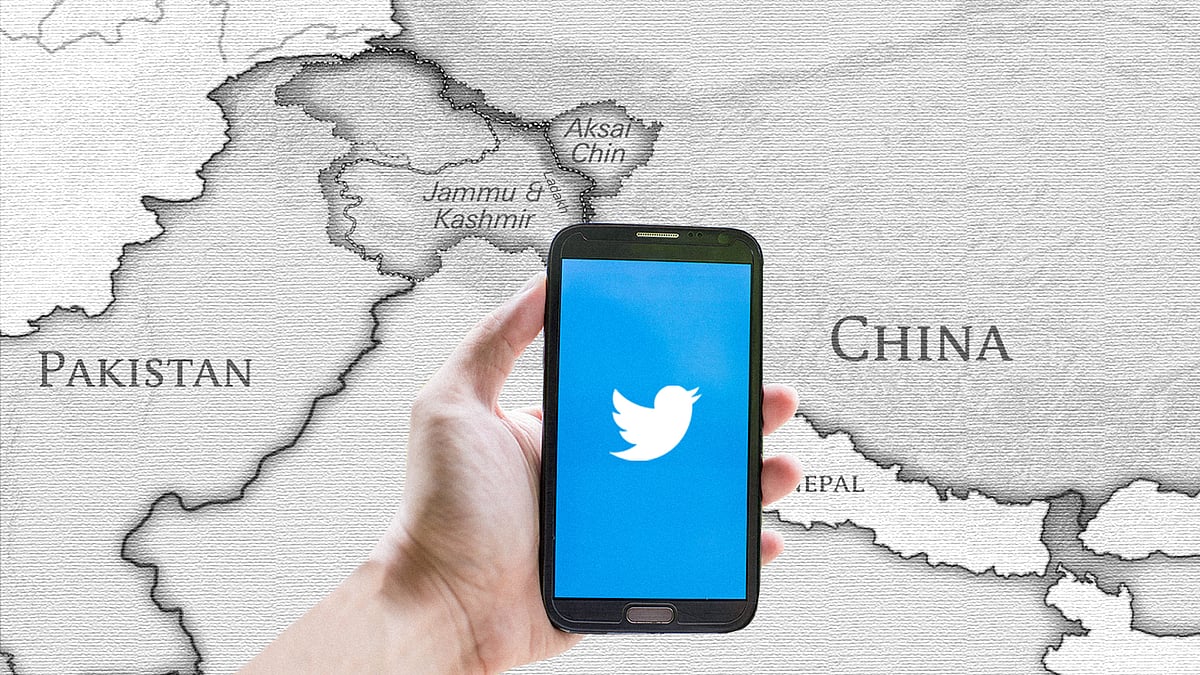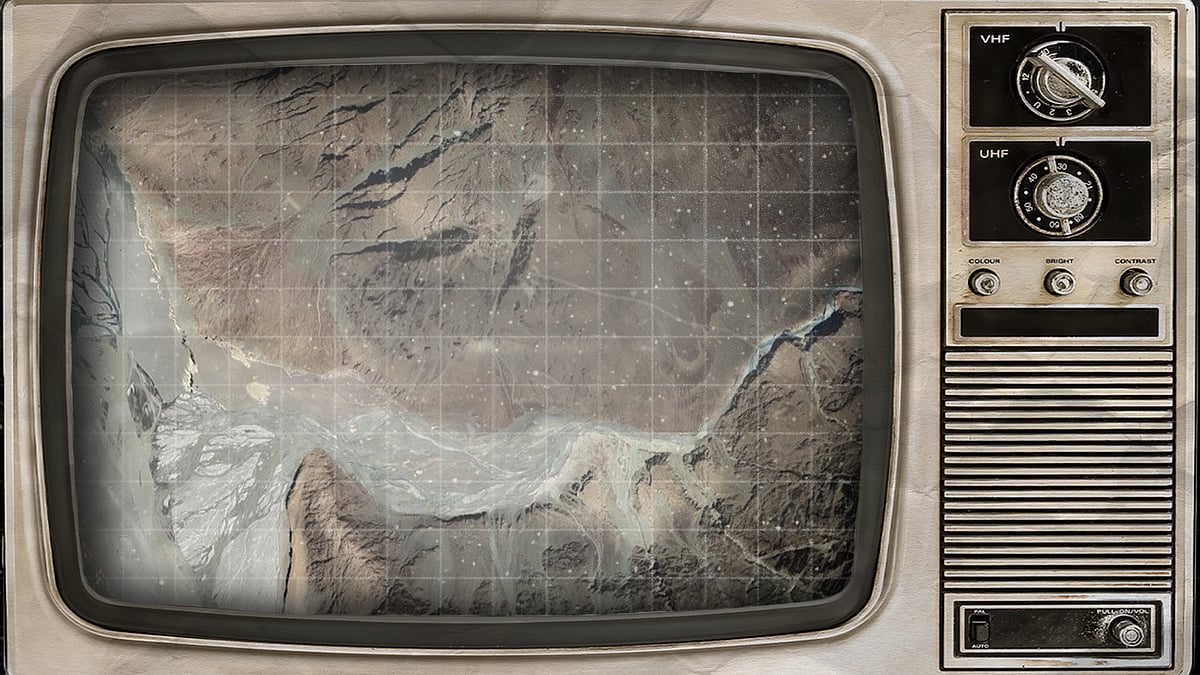India’s pushback against China at Pangong Tso was long overdue
India should have taken the bull by the horns earlier this summer. When the passes close, the army’s manoeuvrability will be squeezed.
What a contrast!
After the battle at Galwan in June, TV channels were largely mum about the valour of India’s troops, only lamenting the deaths of 20 soldiers. But after the skirmish south of Ladakh’s Pangong Tso last weekend, some anchors went ballistic, peppering angst against China with features on nuclear destruction in a third world war. It’s almost as if several projections of a jellyfish grew a spine in two-and-a-half months — and then sprouted some spikes.
One anchor kept repeating that the national security advisor himself was keeping an eye on things. A bit disconcerting, that! Since it’s his job to coordinate the country’s security, one would have imagined he had done nothing else since before the Chinese arrived in April. I say “before” because it was the job of the various intelligence agencies that report to him to have known what the Chinese might do.
Oh, well! At least the country has taken on board that all those Chinese moves in May were not just coincidences, that they have indeed intruded and, as I wrote back then, they could be up to something bigger than moving the Line of Actual Control a few yards out.
Late in the season
I wish policymakers had recognised all this then, for it would have been better to push back early in summer. Autumn suits China, as it did in 1962. The People's Liberation Army operates on all-weather roads on the other side. But when snow closes the Himalayan passes, Ladakh will get cut off from the rest of India. That’s one reason why I had predicted six weeks ago that China might step up hostilities in September or October.
Unfortunately, there are signs that the passes could close relatively early this year. Thereafter, the vast amounts of troops, artillery, other armaments, and equipment that have been moved to Ladakh over the past couple of months will more or less get locked in there. And who knows, China might then concentrate an attack at one of the various other points on the border where it has built up troops and armaments.
If only endless corruption had not interminably delayed the tunnels, railways, and highways-on-stilts that prime minister Narasimha Rao had planned a quarter-century ago!
Thankfully, at least the country stands firm now — on those desolate hills in Ladakh, in TV studios, and in whatever deep caverns the agencies work from. I’m told it was one of those agencies, the National Technical Research Organisation, that got wind of a Chinese move to take hold of strategically vital twin peaks south of Pangong Tso. So they were beaten to it in what I believe was a nail-biting finish.
Those peaks are a huge gain, for they have a direct line of sight (potentially of fire) to PLA installations at Moldo and several other points along the LAC. The same peaks could, on the other side, have given the PLA dominance over India’s Chushul sector, which has an airfield and India’s most vital road junction near the LAC.
Tibetan slap
That the troops who got hold of this vital height were Tibetans of the Special Frontier Force, which works under the army, also signals spine. By fielding them, India obliquely brought Tibet into the equation in the war that China is brewing in Ladakh.
Ironically, the Tibetans pushed back the PLA just a few hours after President Xi Jinping had told those who run China’s Tibet policy in Beijing that Tibetans must be made more Chinese. Xi said that “more education and guidance should be provided for the public”, Xinhua reported. That could be read as a sign that the sort of draconian steps that have been underway in Xinjiang for the past few years could now be copied in adjacent Tibet.
In Xinjiang, the Chinese Communist Party has tried to stamp out traditional religion, imprison millions for “re-education”, and breed Hans with Uighur women — tactics that have been compared with Nazi ones.
Fortify the southern LAC
It’s interesting that the Chinese wanted to consolidate their positions towards the south of the LAC by taking those heights. I’ve been a bit wary of the security establishment’s refrain in recent months that Depsang and the Daulat Beg Oldie airfield at the northern end have the greatest strategic value. No doubt they have great value, but one should not ignore the importance of the area at the southern end of the LAC either.
The army ought to beef up its defences near Demchok, indeed the entire belt south of Chushul and Hemis. Although the topography makes it militarily foolhardy to invade there, the PLA has piled up forces opposite that area. And nothing should be considered militarily foolhardy after Pakistan’s Kargil intrusions. If the PLA were to push in successfully at the south of the LAC, they could cut off Ladakh’s lifeline from Himachal, and be right across the main Himalayan range from the Chenab basin.
360-degree threat
Security strategists must plan to defend not just the entire Indo-China boundary but the western borders too, and deal with insurgency in Kashmir simultaneously. Things don’t look good in the valley. Kashmiri friends have begun to tell me something I had written in this column in May — that Pakistan seems to be exporting an extremely well-trained, lethal sort of fighter.
These foreign terrorists have had greater success than the Kashmiri teenagers who are also joining in large numbers from south Kashmir, even though they don’t last in the field for more than a few weeks, sometimes just a few days.
The state’s hammer-head responses don’t help. The current head of police operations in the valley seems to want to kill as many militants as possible. That’s only speeding up the cycle of violence, not stopping it. In fact, I hear that some parents, fearful of punitive consequences, don’t even report that a son is missing.
At a time when there could be trouble on the borders — very major trouble — the priority should be to calm things on the ground within the country.
The clashes between the police and Muharram processions of Kashmir’s Shias on the same weekend when the Tibetan troops won those peaks was a depressing counterpoint. I am told the processions were held despite instructions not to hold them from the various established leaders of the Shia community.
This should ring alarm bells in the corridors of power, for the two rival semi-feudal families that have held the respect of Shia communities in different parts of Kashmir were effective interlocutors between the state and their followers even during Dogra rule, and under the Abdullahs and others since. Their apparent failure indicates that even those communities that traditionally accepted the established system have now been alienated. Most analysts date this to the constitutional changes of August 2019.
Not only were Muharram processions held, anti-India and pro-azadi slogans were raised in some of them. One reason for those expressions of anger was that instead of negotiating how those commemorations could be accommodated, as the police in Pattan successfully did, the police in Srinagar opted for prohibition and repression rather than dialogue. They showered processions with lead pellets.
Action and reaction becomes a chicken-and-egg question in such situations. So it is best for the state to reach out in advance, more so at such a sensitive time. To blame Pakistan for such trouble is easy, but one should know that Pakistan will light a fire wherever India lets tinder accumulate.
That also goes for the evidence that’s going around to show that Pakistan pushed the fresh “Gupkar Declaration” through which Jammu and Kashmir’s “mainstream” political leaders recently asked that the constitutional changes regarding the erstwhile state be rolled back.
Blame games don’t help. India needs to urgently put its house in order and build unity, even as it girds to defend its borders. This could be a chilling autumn. Or next year could bring an extra-hot spring.
***
The media must be free and fair, uninfluenced by corporate or state interests. That's why you, the public, need to pay to keep news free. Support independent media by subscribing to Newslaundry today.
 How a ‘disinformation network’ on Twitter added to the tension surrounding the Galwan Valley conflict
How a ‘disinformation network’ on Twitter added to the tension surrounding the Galwan Valley conflict Open source intelligence: Why the media needs to handle it with care
Open source intelligence: Why the media needs to handle it with care
